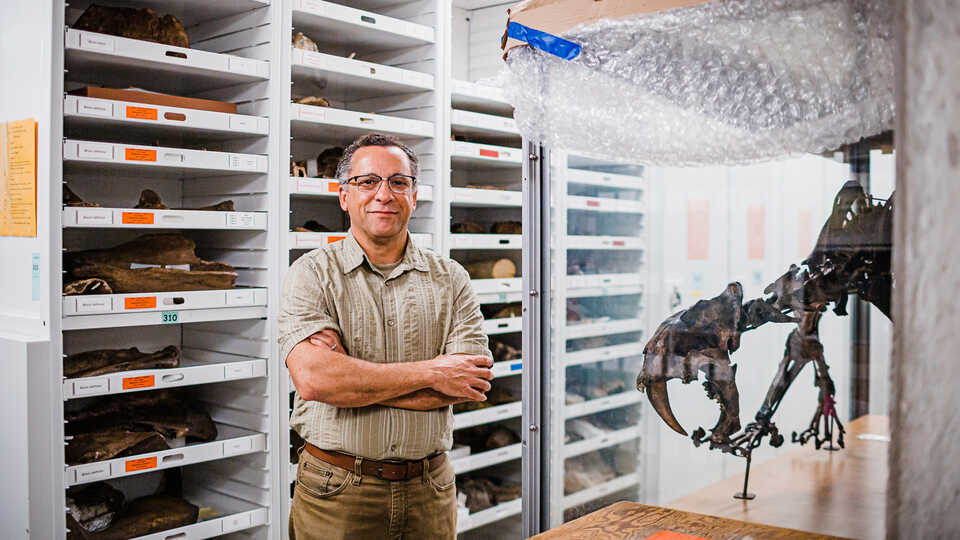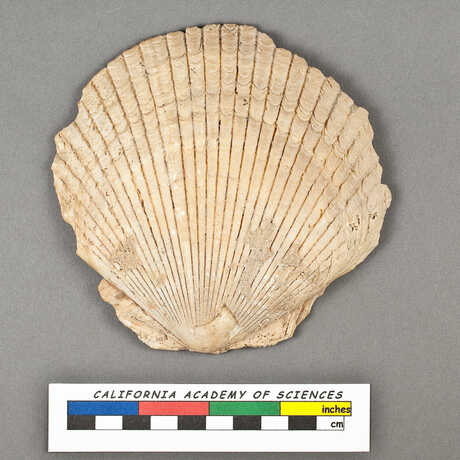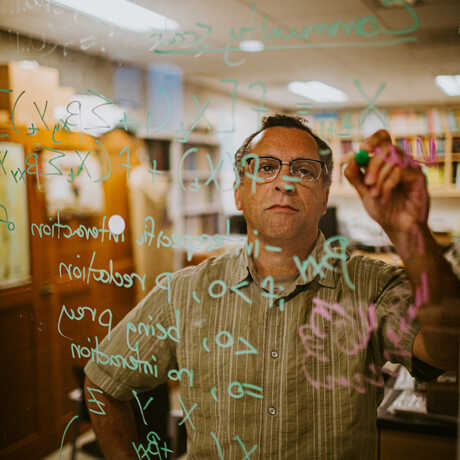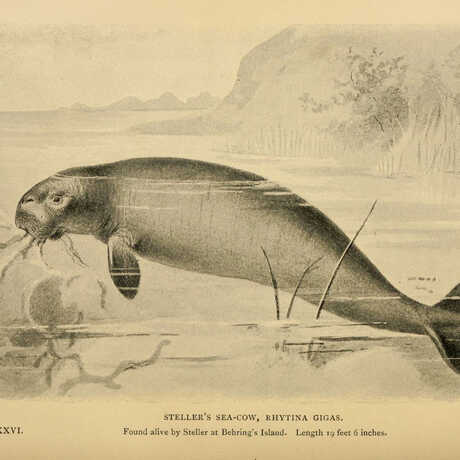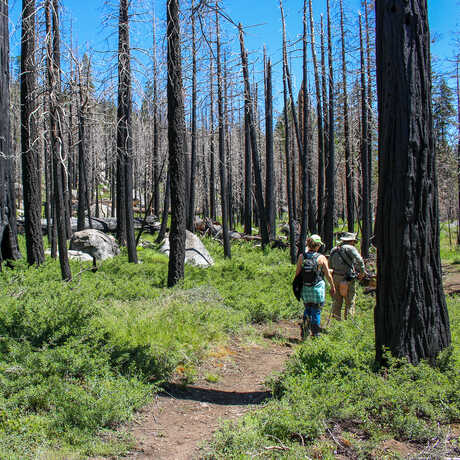Dr. Peter Roopnarine is pretty lively for someone who studies mass extinctions.
With a contagious smile and a lilting baritone that betrays his Jamaican and Trinidadian roots, the paleontologist exudes a warmth that might seem at odds with the sober seriousness of his field of study. But perhaps cultivating this kind of serenity is necessary when investigating the cataclysmic events of Earth’s past—and deducing how they might foretell our future.
Born in the UK, Roopnarine and his family moved to the Caribbean when he was a baby to be closer to his extended family, including members of the long-established Indian diaspora in Trinidad. It was a charismatic high school biology teacher who kick-started Roopnarine’s fascination with the natural world, taking the class on swashbuckling field trips to offshore islands and mysterious mangrove swamps. The young Roopnarine was overwhelmed by the abundance and diversity of marine and terrestrial life on his adoptive island, realizing that “we might very well know less about biodiversity than we do the atom.”
Roopnarine’s problem-solving prowess helped him subtract two years from his high school tenure: At 16, he headed off to college on an island of a very different sort—New Brunswick, on Canada’s rugged Atlantic coast—to earn his bachelor’s in biology. Feeling the pull of warmer latitudes, he completed his master’s in ocean sciences in Florida before moving on to California for his doctorate.
